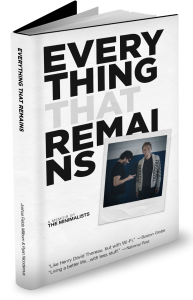Jana is one of those people you’ll love to be around.
She seems to attract magic and bizarre scenarios wherever she goes. Yet she is completely relatable because she has been through it all. A curious explorer, willing to try most things once, when you train with her no topic is off limits.
Bring all the parts of who you are, be ready to get real, laugh hard, work harder, push the edges of your comfort zone & heal. She’s a master of seeing potential in people & then coaxing it out to the forefront of your experience. Oh. And. Did we mention she has a reputation for raising some of the best yoga teachers! Even if you don’t want to teach yoga, a training with her will change your life.
She is one of two teachers guiding our 200 hour yoga teaching training this November in Thailand. Learn more about the trip here!
Check out her website – www.janaroemer.com
Follwer her on instagram and twitter – @jana_roemer
118SHARES






 Kate Unsworth
Kate Unsworth











 “When meditation is mastered, the mind is unwavering like the flame of a lamp in a windless place.”
“When meditation is mastered, the mind is unwavering like the flame of a lamp in a windless place.”